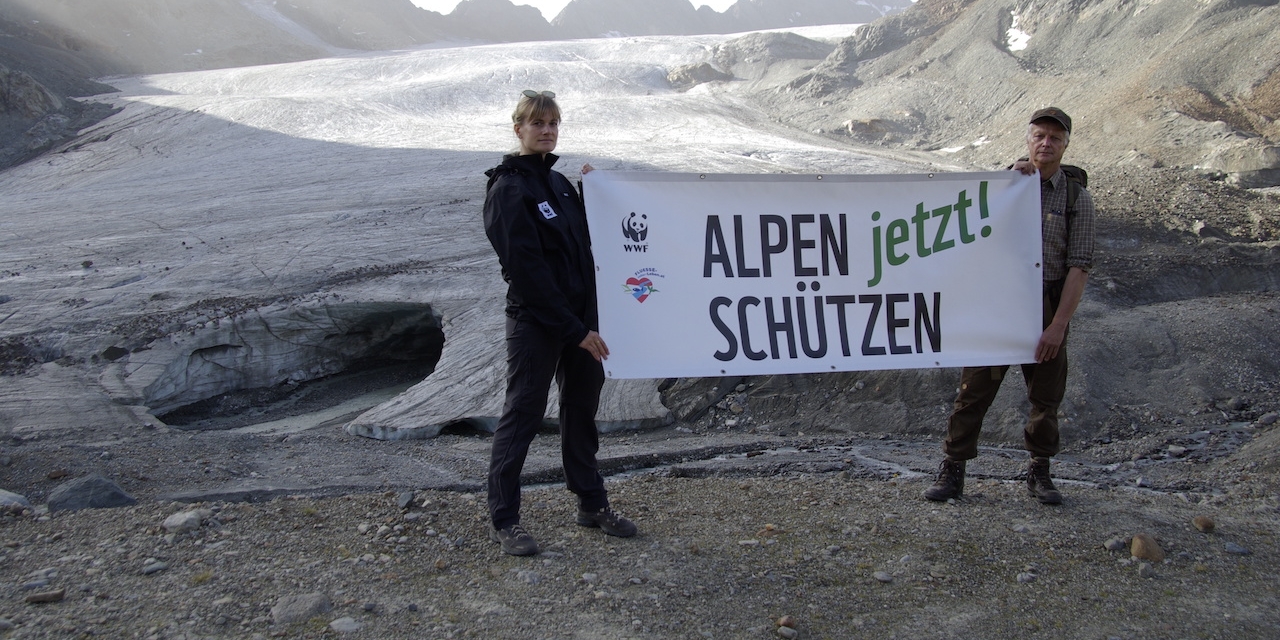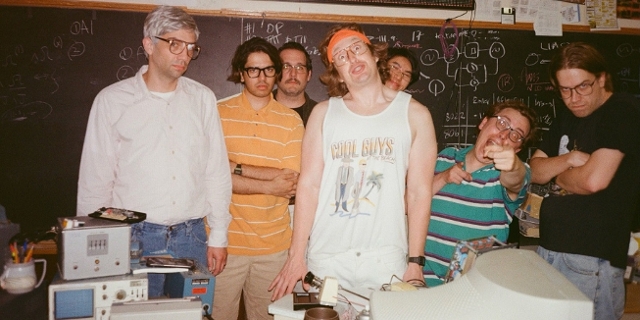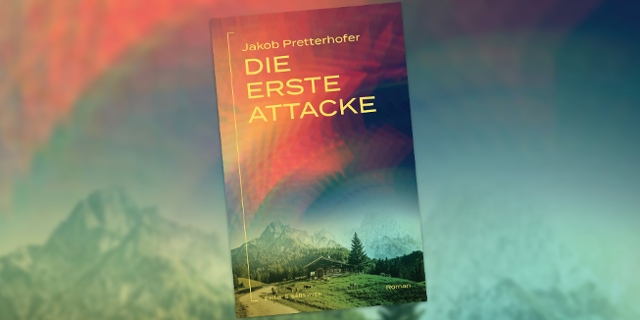Growing Skiing on Shrinking Glaciers
High up in the Pitztal mountains, the Mittelbergferner cuts a tragic figure in these intensely hot late summer days. The once glistening snow-cap is gone and the remaining ice of Tyrol’s second largest glacier is grey and forlorn looking.
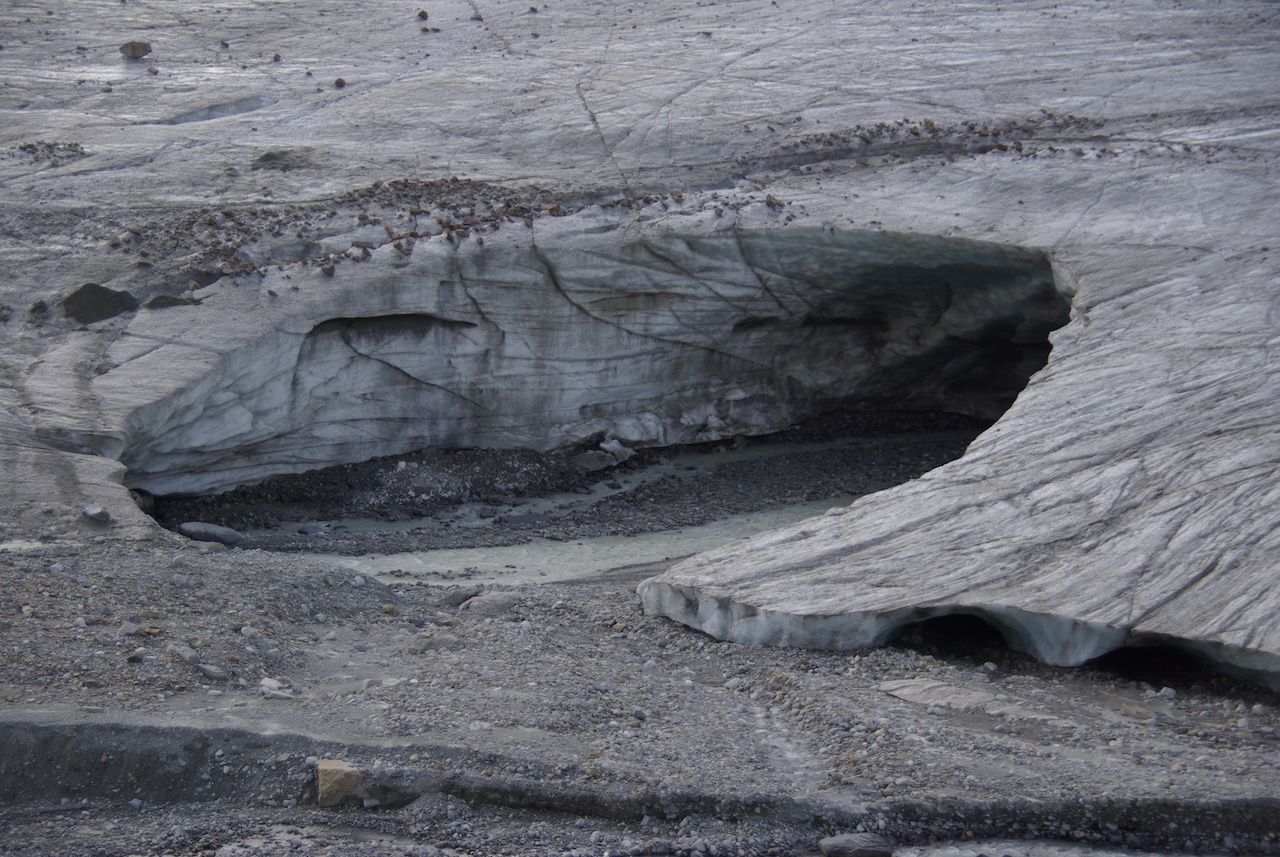
Mathias Kautzky
“We are seeing a glacier in the process of disintegration,” says scientist Markus Strudl, an expert in atmosphere and the cryosphere. “It is far outside of its equilibrium state. It is in rapid retreat.”
A River Of Melt Water
Markus points out how, all over the glacier, brown rocks have protruded through the ice surface. The Mittelbergferner is being thinned out from above and below: the melt water has hollowed out the glacier from below the surface. Huge cavities have been created and, at the foot of the ice sheet, a river is rushing through a tunnel carved into ice by the melt water.
The drama of the rapid shrinking of the glaciers couldn’t be more visceral. It’s a warm day and the sound of the melt water rushing down the valley is drowning out my thoughts.
The Alps are Becoming More Dangerous
And this is impacting Alpine safety, explains Tobias Hipp of the the German Alpine Society (DAV) who guides me over a slippery stretch of snow-free glacier. Where the glacier has retreated there are more loose boulders. The permafrost, supposedly permanently frozen ground, is no longer so permanent and is loosening its tight grip on these rocks. The result: more rock fall and less stability.
Less Glacier, More Glacier Skiing
There is an irony: the glaciers are getting smaller. Indeed, last year alone Austria’s glaciers lost around 6% of their surface area. But at the same time glacier skiing is expanding.
Right next to the Mittelbergferner, there is an industrial landscape. Diggers are busily working away shaping the landscape for the coming ski season, artificial snow is being stored under white sheeting to enable an early start to the tourism winter. The once calm high Alps have become dominated by building sites in summer.
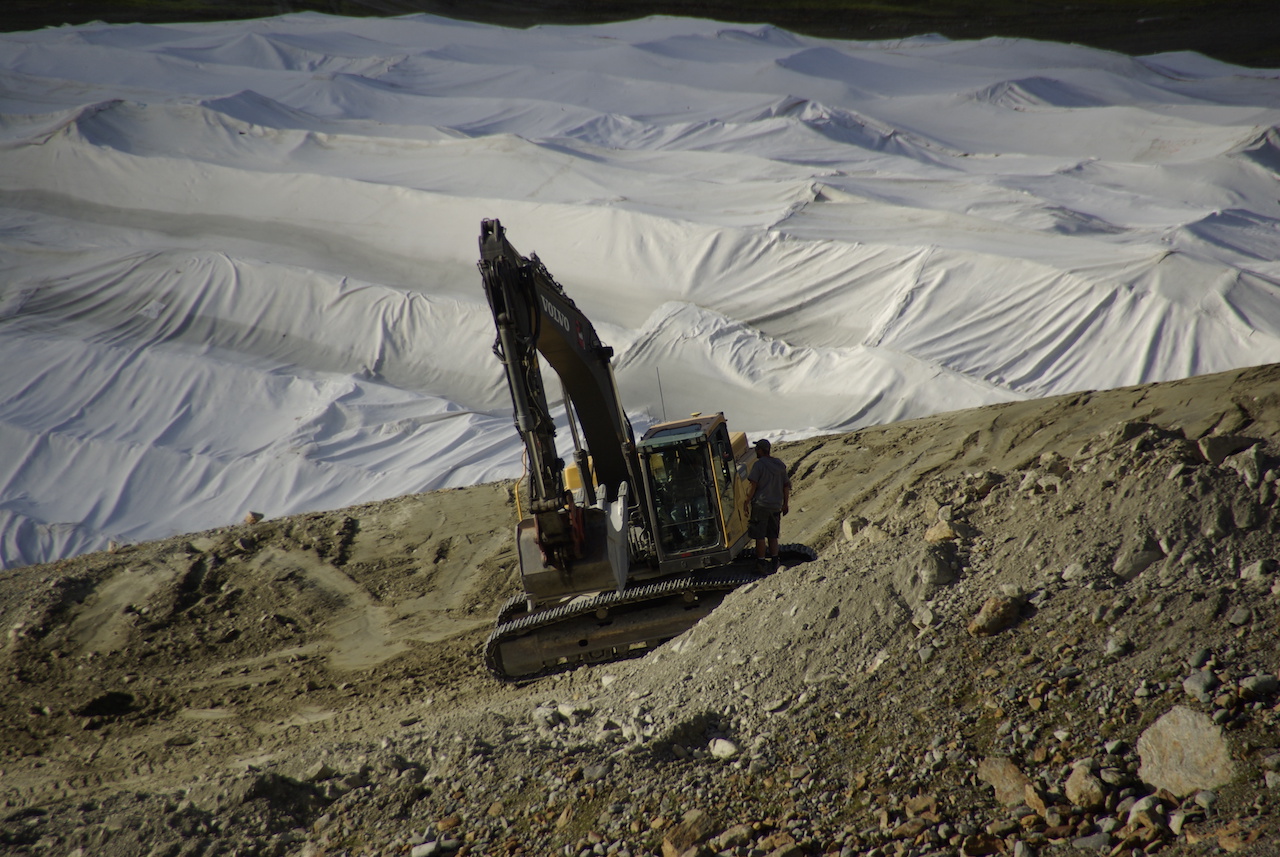
Mathias Kautzy/WWF
A New Expansion?
And the building site might be extended. In February the Pitztal ski lift company put forward plans to build a new cable car that would expand the ski runs onto the Mittelbergerferner or the Karlesferner. Conservationists are horrified and are determined to stop the project.
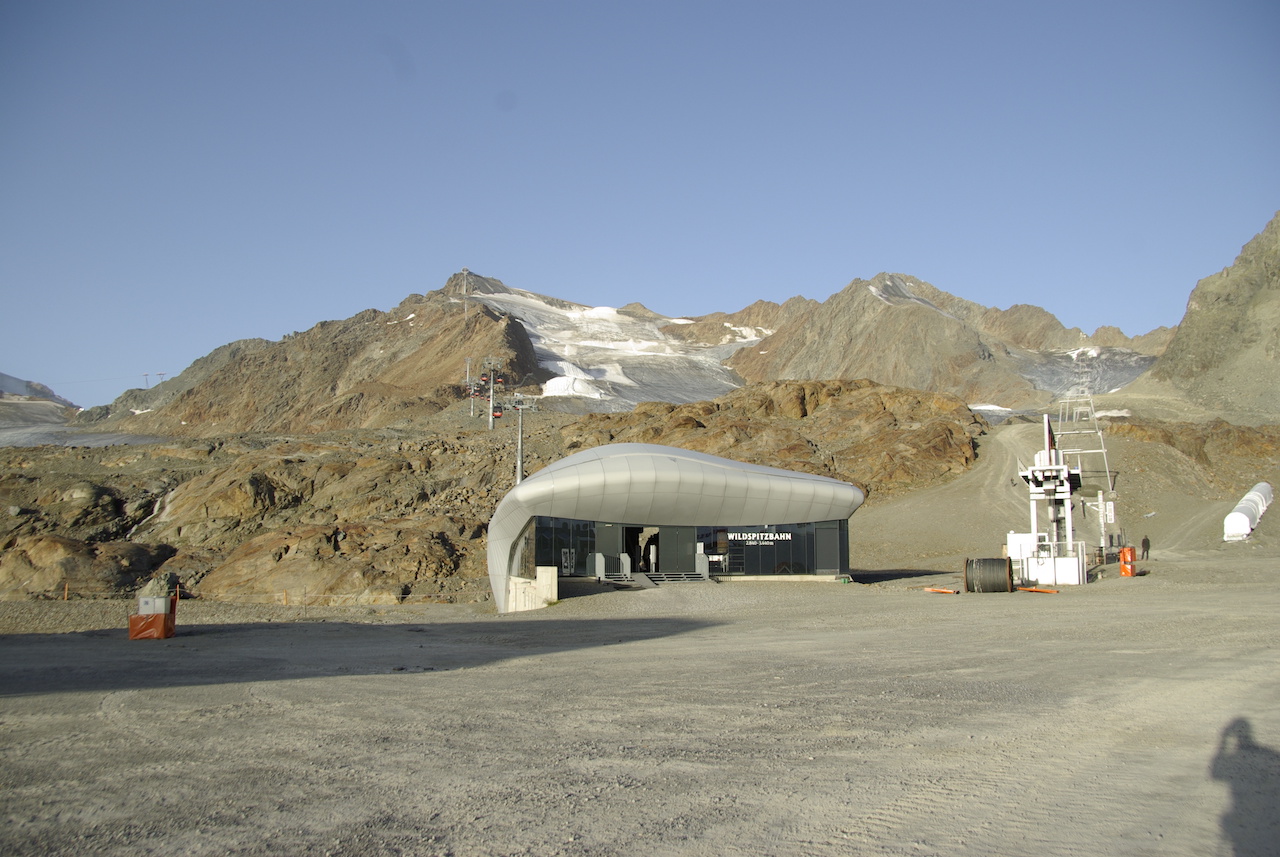
Mathias Kautzky
Does One More Lift Matter?
There are already hundreds of lifts in Tyrol. If you stand on a peak, you are likely to spot several build-up areas. So I ask the WWF’s Ann-Kristin Winkler what difference one more will make? “The difference is simply that we no longer have as much Alpine open space left,” she answers. “And with the climate crisis bringing ever warmer temperatures, we need space in the high mountains. Many animal and plant species have to migrate further and further up.”
„We need to give nature time to adapt“
That’s why, she concludes, we need to leave wild, undeveloped spaces in the high-mountains; and this will remain true even when the ‘eternal’ ice is long gone. “We need to give nature time to adapt to the new circumstances.”
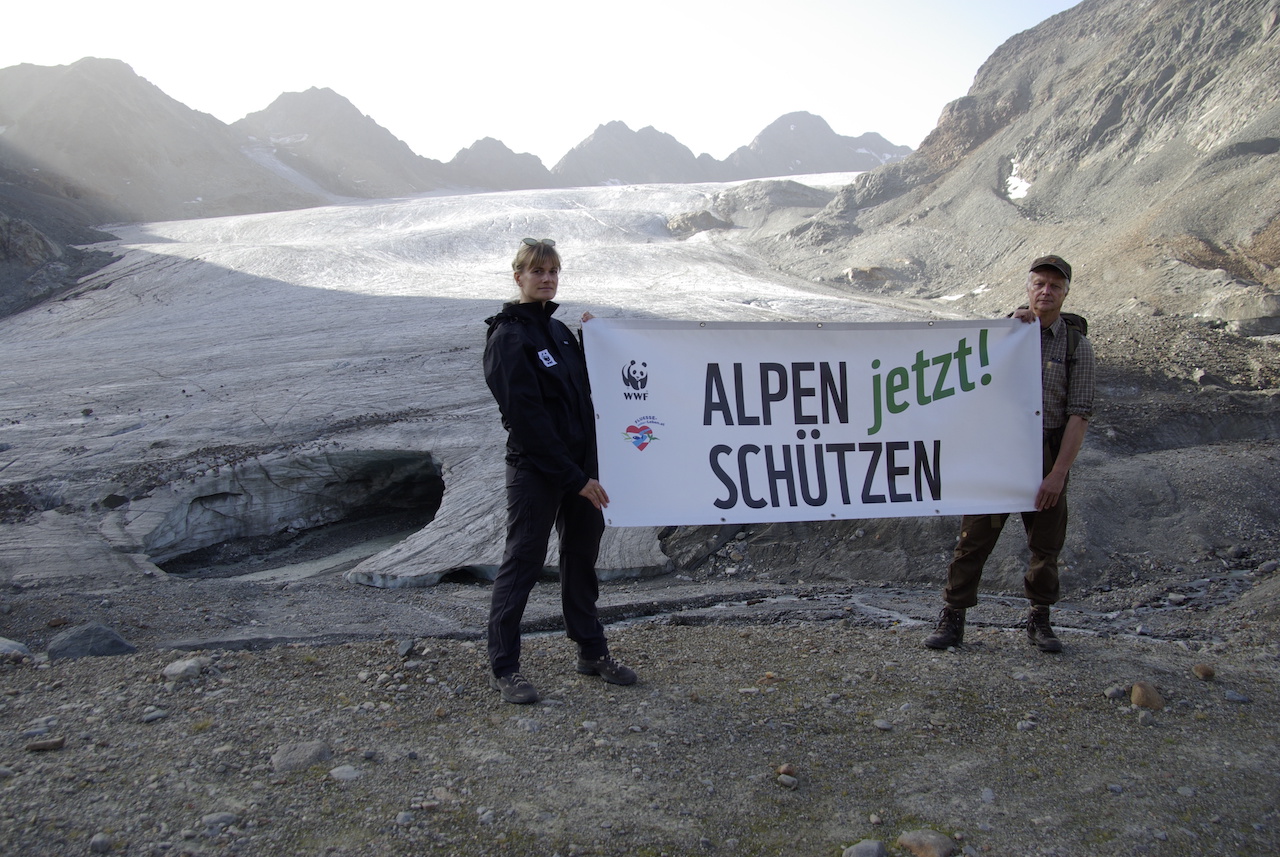
Mathias Kautzky
The lift company Pitztaler Gletscherbahn doesn’t understand the vehemence of the opposition to its plans. In a written statement to FM4, they described the plans as sustainable and non-invasive: saying that the new project has “placed the highest value on resource conservation and energy efficiency.”
„Energy Efficiency“
They company describes the “Funifor” technology of the planned lift as particularly “resource-saving”, arguing that it needs “only two cable car supports in addition to the mountain and valley station” and that these are planned “outside the glacier area and within the approved ski use area”.
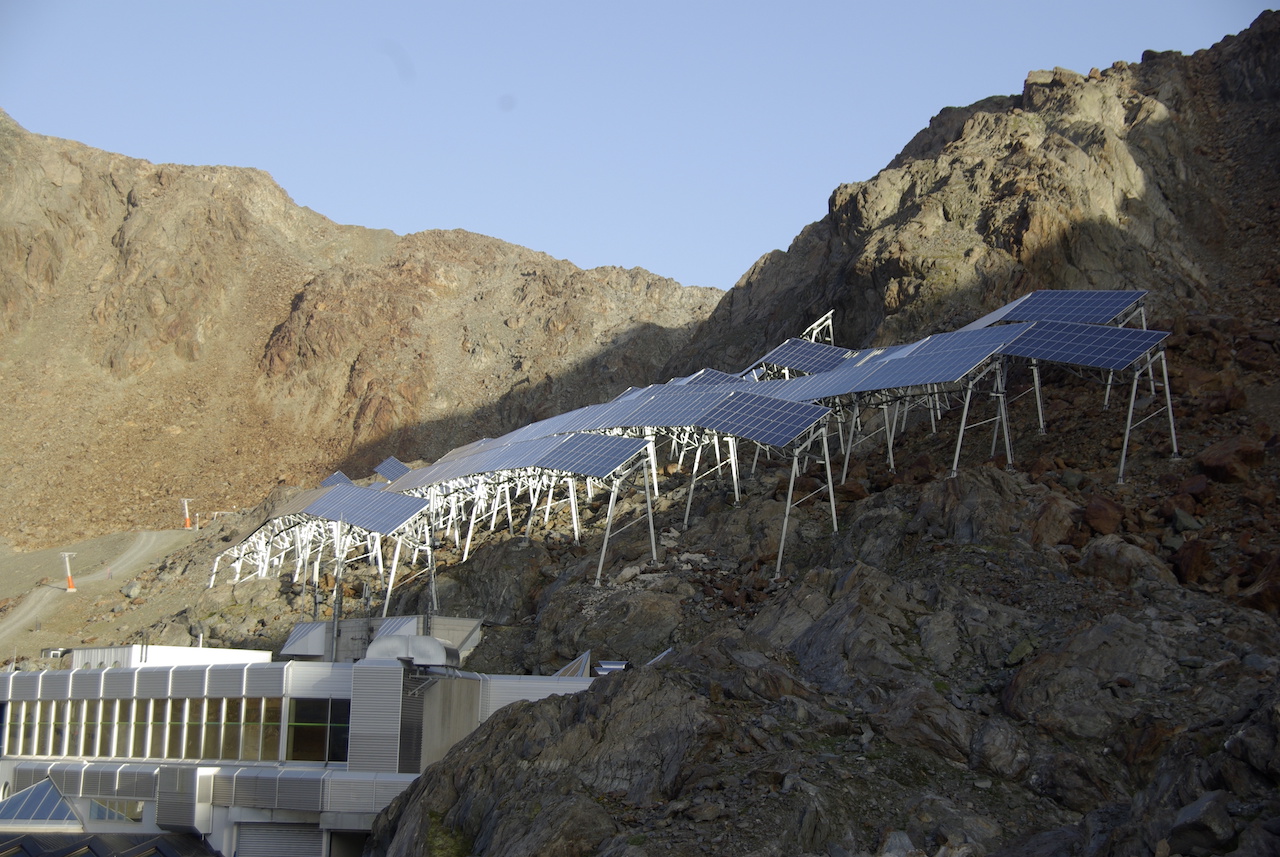
Mathias Kautzy
The Pitztaler Gletscherbahn team say they have a „resource-saving“ philosophy
Busy Engineering
I walk up to the Braunschweiger Hütte with Benjamin Stern from the Austrian Alpine Society – the Alpenverein. On a gravel road on the other side of the glacier, I hear the rumble of a heavy goods truck. It’s carefully driving down a perilous winding access road; the noise drowning out the sounds of bird-life. It’s another busy day on the mountain.
There’s always work to be done where there is a ski resort. Benjamin points out the extra engineering needed for maintaining ski runs, filling in crevasses and flattening sections of the mountain.
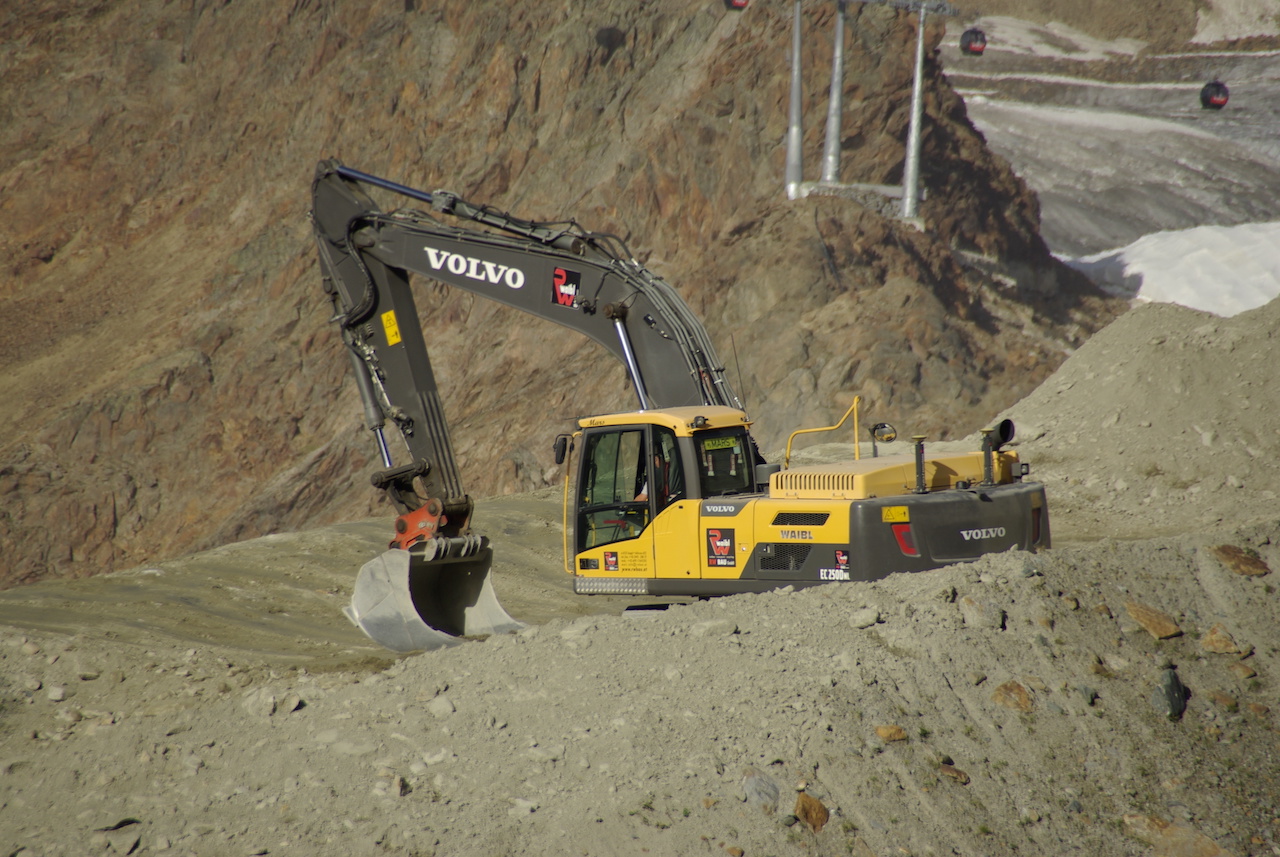
Mathias Kautzky
Inside an existing ski area, he says, the Alpenverein accepts that the ski industry will need to work away on the mountain and improve its lift-networks. The ski industry is an important aspect of Austria’s economy in mountain valleys, providing employment and revenue for local communities and much joy for national and international tourists. But enough is enough. The Alpenverein sees now need for expansion, and particularly not in these fragile glacier zones.
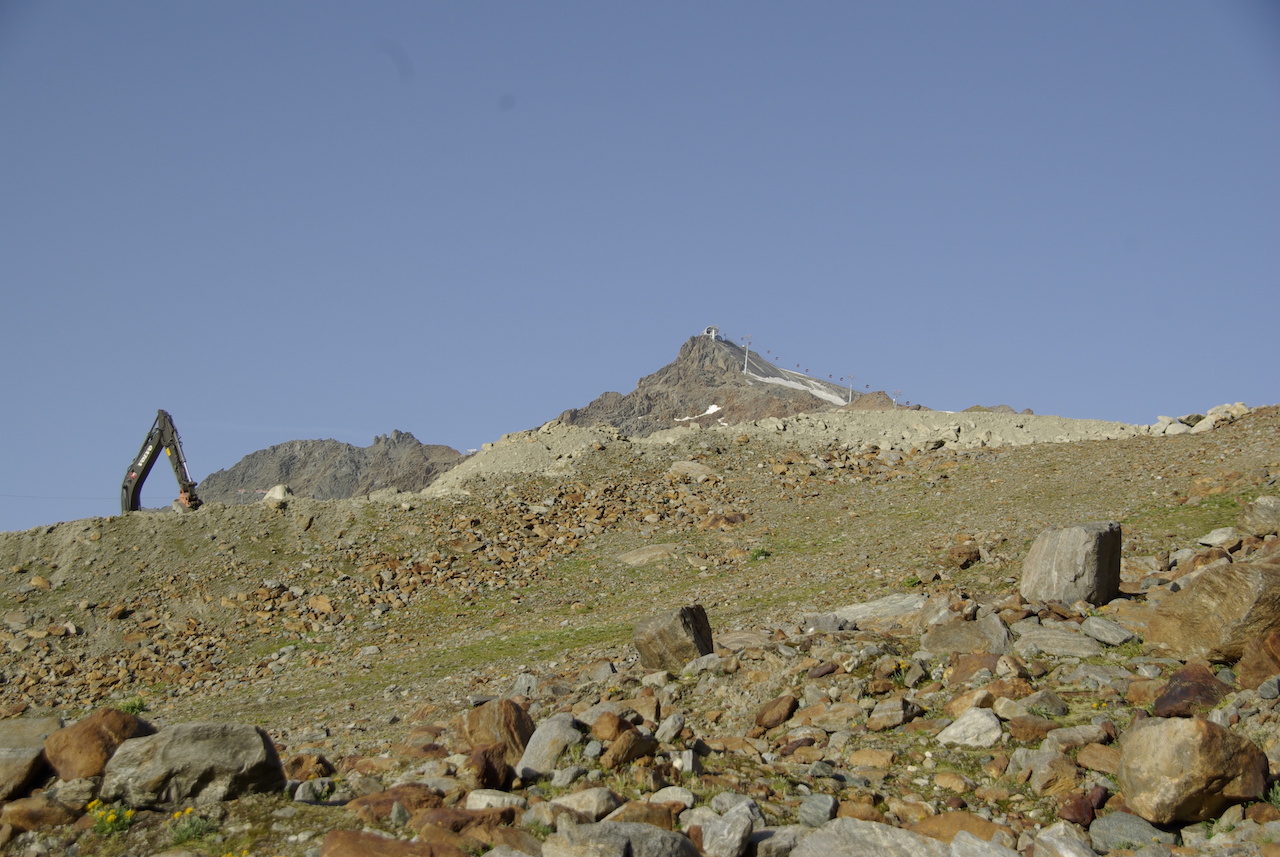
Mathias Kautzy/WWF
„Out of keeping with the age“
“We think it is completely out of keeping with the needs of this age to build new lifts and slopes on glaciers in times of a climate crisis,” he argues. “You can see in the existing ski areas what effort is necessary to maintain a glacier ski area. Now there are plans for a new area. We can’t understand the need for this.”
I’ve spent a lot of time on Austria’s glaciers this summer and I have learned a very important lesson from the scientists that I have accompanied. Just because most glaciers appear doomed, it doesn’t mean that we can give up on high Alpine areas. After the ice disappears new, fascinating ecosystems will come. There’ll be more leaf-moss, there’ll be more scree vegetation; some plants will have climbed up the mountain to adapt to the cooler temperatures, other plants will sadly become extinct. In the long-term, nature will thrive if we give it space. But that seems like a big „if“ right now.
There is a new factor at play; a story that we have covered extensively on FM4. That’s the recently passed EU Nature Restoration Law which commits member states to implement recovery measures on 20% of the EU’s land and sea by 2030, rising to cover all degraded ecosystems by 2050. That’s why Bernhard Kohler, a species and habitat protection expert at WWF, says the project is absurd.
“We should be giving space back to nature,” he insists. “This project would do the opposite.”
Publiziert am 12.09.2023







